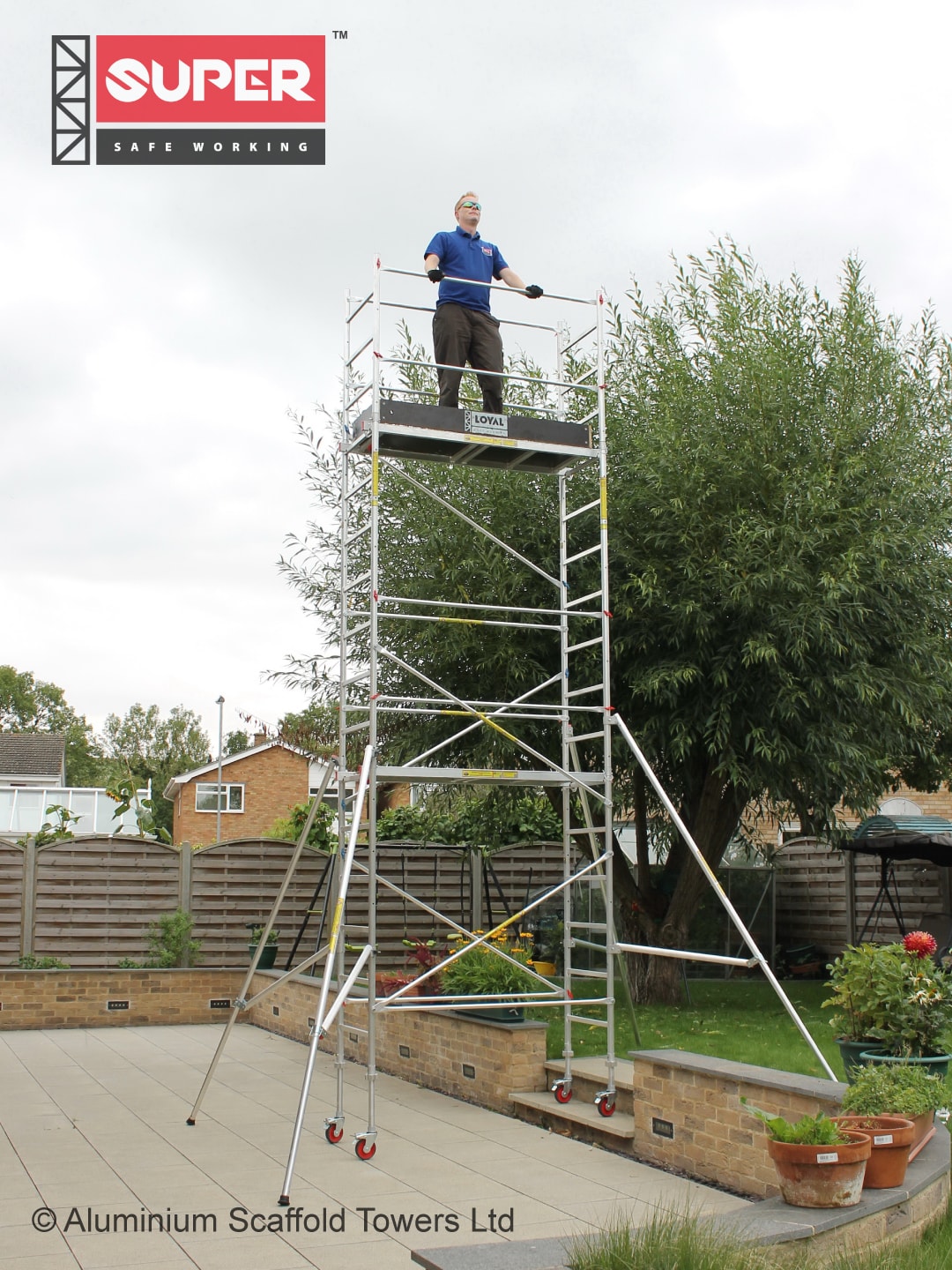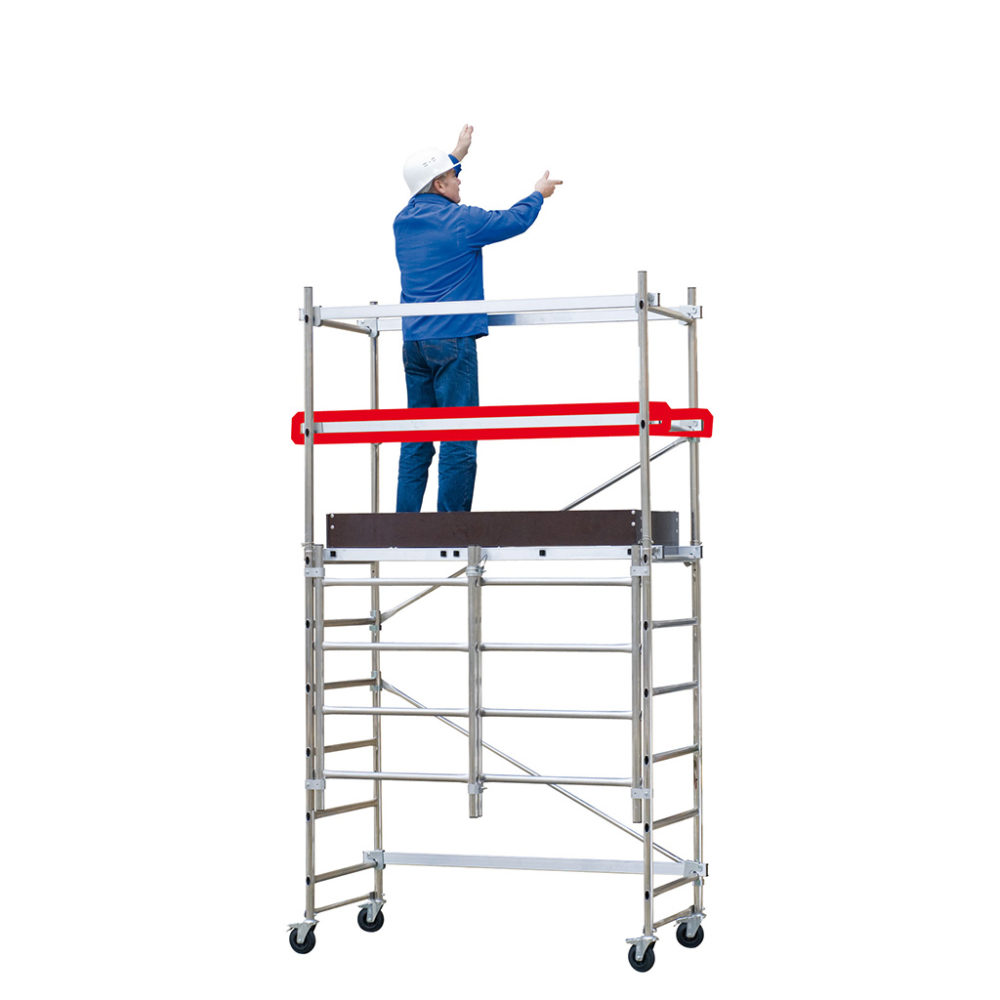The Future of Scaffolding: Trends and Developments

Smokeshaft Scaffolding: Unique Factors To Consider for an Unique Task
Correct preparation for smokeshaft scaffolding is crucial for security and security. Conduct threat analyses, assess smokeshaft height and climate, and ensure a steady foundation. Take into consideration smokeshaft material, age, and architectural requirements prior to scaffolding. Abide by precaution and regulations, train workers, and evaluate scaffolding consistently. Select long lasting, secure products with appropriate weight ability and safety and security features. Weather like wind and rain can impact security; anchor scaffolding and usage weather-resistant products. These are very important factors to consider for an effective smokeshaft scaffolding task.
Significance of Appropriate Planning
Efficient smokeshaft scaffolding calls for thorough preparation to guarantee security and architectural security throughout the construction procedure. Prior to setting up scaffolding, a complete risk analysis should be conducted to identify possible risks and reduce threats. This consists of evaluating elements such as chimney height, proximity to high-voltage line, and weather. Correct website prep work is important to ensure a steady foundation for the scaffolding structure, which might include leveling the ground, getting rid of debris, and establishing clear access paths.
Devices maintenance is an additional vital facet of preparing for chimney scaffolding. Routine inspections and maintenance of scaffolding components, such as frames, platforms, and guardrails, are critical to stop equipment failing during building and construction. Furthermore, group communication plays an important function in making sure that all employees comprehend their functions and responsibilities on the scaffolding. Clear interaction helps in coordinating tasks, boosting safety practices, and promoting a natural working environment.

Comprehending Smokeshaft Structural Requirements
A thorough understanding of chimney structural requirements is necessary for assuring the stability and integrity of scaffolding installations. Smokeshaft stability is an essential aspect that needs to be meticulously assessed prior to setting up scaffolding. Recognizing the architectural tons that the smokeshaft can birth is critical to stop any prospective threats or accidents. Factors such as the product of the chimney, its age, and any existing damages or damage must be taken into consideration when examining its structural requirements.
When thinking about chimney stability, it is critical to assess the overall condition of the chimney, including its foundation and architectural supports. Any indicators of weakness or instability should be resolved before proceeding with the scaffolding installation. Additionally, assessing the architectural tons that the chimney can withstand is essential to ensure that the scaffolding does not go beyond these restrictions, which can endanger the smokeshaft's honesty.
Safety Measures and Laws
To assure the safe installment and operation of chimney scaffolding, adherence to certain safety measures and regulations is vital. Governing conformity plays an essential function in seeing to it that the scaffolding structure satisfies the essential standards for security and load-bearing ability.
Before setting up smokeshaft scaffolding, an extensive risk evaluation should be performed to recognize potential dangers and execute proper control procedures. This assessment needs to take into consideration variables such as the condition of the chimney, climate condition, and the closeness of power lines.
Workers associated with the scaffolding process must be properly learnt safety and security procedures and making use of individual safety equipment. Routine assessments must be accomplished to keep track of the scaffolding's integrity and attend to any kind of concerns quickly.
In addition, communication among employee is vital to make certain everyone understands security methods and can react properly in case of emergencies. By focusing on precaution and regulative needs, the smokeshaft scaffolding operation can proceed efficiently and firmly.
Choosing the Right Scaffolding Products
Selecting proper scaffolding materials is a pivotal action in ensuring the stability and safety and security of chimney building and construction tasks. When picking scaffolding materials for smokeshaft construction, numerous vital elements must be taken into account to protect the success of the job.
- Product sturdiness: Opt for materials that can endure the extreme conditions of smokeshaft building and construction, such as corrosion-resistant steel or light weight aluminum.
- Weight ability: See to it that the scaffolding products chosen have the required weight capability to support the workers, tools, and materials needed for the task.
- Security: Select scaffolding products that offer a secure platform for employees to execute their jobs safely and effectively.
- Adjustability: Select products that are easily flexible to suit the unique sizes and shape of chimneys, enabling accurate placing at numerous elevations.
- Safety and security functions: Search for scaffolding materials that come outfitted with security features such as guardrails, toe boards, and non-slip surface areas to prevent crashes on the job site.
Weather and External Variables
Taking weather conditions and outside elements right into account is vital when erecting chimney scaffolding. Wind and rainfall can substantially impact the security of the structure, necessitating proper security preventative measures to be in position.
Understanding these aspects is vital to assure the safety and security of workers and the success of the job.
Wind and Rain Effects
Regularly, negative climate condition such as wind and rain can greatly impact the stability and safety of smokeshaft scaffolding structures. To mitigate these risks, it is important to think about the adhering to elements:
- Wind security: Making sure that the scaffolding is firmly anchored and supported to endure strong winds.
- Rainfall defense: Implementing procedures to protect the scaffolding and employees from rainfall, avoiding slippery surfaces and prospective threats.
- Weatherproofing: Making use of weather-resistant products and coverings to protect the scaffolding from deterioration and weakening as a result of long term direct exposure to the components.
- Safety measures: Enforcing rigorous protocols for inclement weather, such as halting job during extreme weather condition occasions to assure worker security.
- Normal evaluations: Performing frequent checks to assess the scaffolding's condition and make any type of required repair services or changes to keep stability and security.
Safety And Security Precautions in Place
Unfavorable climate condition and outside factors necessitate stringent safety and security preventative measures to be established to assure the stability and integrity of smokeshaft scaffolding frameworks. When operating in such conditions, drop defense comes to be paramount. Employees should be furnished with harnesses, guardrails, and individual safety devices to prevent crashes and injuries.
Additionally, extensive tools training is essential to see to it that employees comprehend how to securely run equipment and tools also in tough weather condition. Regular safety and security evaluations should be carried out to assess the scaffolding's condition and make any kind of necessary changes quickly.
Evaluation and Maintenance Guidelines
Routine and comprehensive assessment and upkeep of chimney scaffolding are crucial to ensure architectural integrity and safe working conditions. https://paddingtonscaffolding.co.uk To ensure the scaffolding remains safe and functional, it is vital to adhere to a strict assessment regularity and upkeep schedule. Right here are some essential standards to think about:
- Check scaffolding prior to each usage: Look for any indicators of damage, instability, or deterioration.
- Schedule regular expert examinations: Have actually a qualified specific conduct thorough examinations a minimum of as soon as a month.
- Address maintenance problems without delay: Any type of determined problems must be fixed quickly to avoid accidents.
- Comply with maker's guidelines: Follow the recommended maintenance treatments offered by the scaffolding maker.
- Maintain in-depth records: Keep a log of all evaluations, upkeep activities, and fixings for future reference and conformity purposes.
Regularly Asked Inquiries
Can Smokeshaft Scaffolding Be Utilized for Regular Structure Maintenance Tasks also, or Is It Specifically Designed for Smokeshaft Work?

Smokeshaft scaffolding can be repurposed for normal structure upkeep tasks as a result of its versatility. However, adherence to safety regulations is crucial. Appropriate training guarantees the scaffold's secure and efficient usage for numerous applications past smokeshaft work.
What Details Certifications or Accreditations Should Scaffolding Employees Have When Working on Chimney Projects?
When servicing chimney jobs, scaffolding workers should have safety training and experience to guarantee a protected workplace. Furthermore, credentials should consist of competence in equipment upkeep and assessment to support safety standards.
Exist Any Kind Of Limitations or Special Factors To Consider for Utilizing Smokeshaft Scaffolding in Historic or Older Buildings?
When taking into consideration smokeshaft scaffolding for historic or older structures, it's essential to focus on historic conservation by guaranteeing the structure's integrity is kept. Unique factors to consider might include adherence to preservation guidelines, lessening effect, and using specific tools to protect the building's historic value.
Exactly how Does the Visibility of Birds or Various Other Wildlife Nesting in the Smokeshaft Effect the Scaffolding Setup and Maintenance Process?
The existence of birds or wild animals nesting in a chimney can substantially impact safety and security during scaffolding configuration and upkeep. Effective wild animals monitoring steps need to be put in place to ensure employee safety and security and protect against disruptions to the task available.
Exist Any Type Of Specific Insurance Demands or Responsibility Factors To Consider When Making Use Of Chimney Scaffolding on Residential or Commercial Characteristics?
When utilizing chimney scaffolding on domestic or industrial buildings, it is necessary to accomplish particular insurance policy demands to safeguard against potential threats. Responsibility factors to consider should additionally be very carefully examined to ensure correct insurance coverage for any unanticipated incidents.
Conclusion

To summarize, chimney scaffolding demands thorough planning, understanding of architectural necessities, conformity with precaution and guidelines, selection of appropriate materials, consideration of weather conditions, and consistent evaluation and maintenance.
By adhering to these standards, professionals can assure the security and effectiveness of their scaffolding arrangement for chimney-related tasks.
